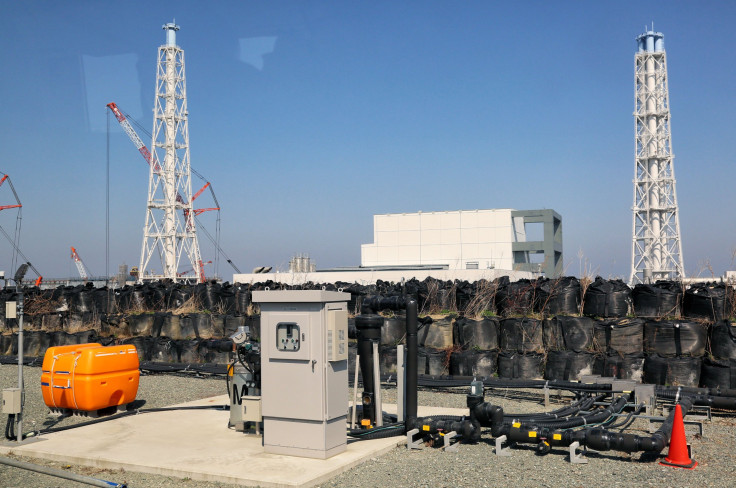Fukushima Nuclear Plant: Owner Says Major Improvements Have Been Made In Decommissioning Process

Tokyo Electric Power Co. said that after three years of struggles to safely decommission its Fukushima Dai-ichi nuclear station, it’s beginning to make progress building an ice wall around the damaged reactors.
Problems have plagued the utility’s attempts to treat contaminated water after the March 2011 earthquake and tsunami that caused the major nuclear accident.
“In terms of managing the facility, major improvements have been made in the last three years, though we know it’s not 100 percent yet and we’re working to get better,” Fukushima Dai-ichi chief Akira Ono said at an on-site briefing Wednesday, Bloomberg reported. “There are many issues at Dai-ichi. However, we recognize them and that means we are taking measures to deal with them.”
Tepco also plans to use wells and groundwater bypass added this year to reduce contaminated water volumes, Ono said.
The ice wall project hasn’t been smooth sailing. Japan’s Nuclear Regulation Authority told Tepco on Monday to drastically reexamine its attempt to freeze contaminated water in a tunnel at the nuclear plant, Japan News reported.
More than 100 of the 1,571 pipes that freeze the water around the reactors have been installed and work is scheduled to meet the March 2015 deadline, Ono said.
The 33-meter-deep ice barricade is meant to freeze the water and soil to -30 Celsius (-22 Fahrenheit), which would prevent groundwater from flooding reactor basements and becoming polluted with radiation. Tepco has struggled to decommission the reactors because about 400 metric tons of water flow to the station daily from nearby hills, accumulating radiation and forcing Tepco to treat the water before releasing it into the ocean.
The ice wall is expected to operate until 2020, when Tepco plans to seal all buildings at the site.
© Copyright IBTimes 2024. All rights reserved.












